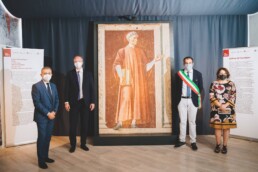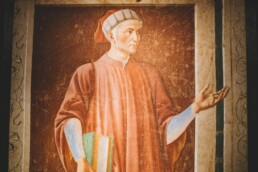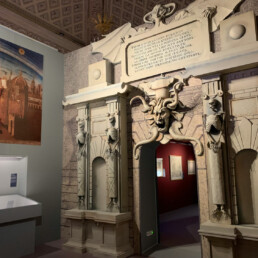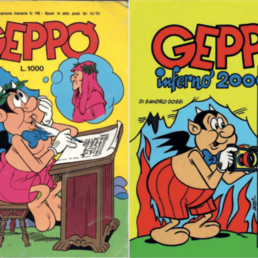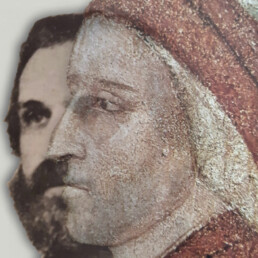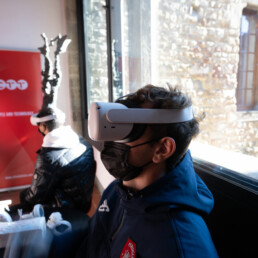In the birthplace of the painter Andrea del Castagno, his mid-fifteenth century portrait of Dante is on display
As part of the Terre degli Uffizi project, the work is exhibited in San Godenzo until August 23
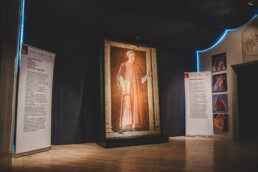
The fresco staccato by Andrea del Castagno featuring a portrait of Dante as a larger-than-life figure returns to San Godenzo, as part of the Terre degli Uffizi project. The painting, recently restored by the Opificio delle Pietre Dure in Florence, was among the undisputed highlights of the great exhibition dedicated to the Supreme Poet in Forlì titled ‘The vision of Art’. It’s now back in Tuscany as the protagonist of this great event. Until August 23, the painting can be admired in the ‘Dante and Andrea del Castagno return to San Godenzo’ exhibition (every day from 10am to 6pm, hosted in the spaces of the Visitor Center of the Parco delle Foreste Casentinesi Monte Falterona and Campigna.
The famous effigy of Alighieri will be exhibited in the land where on June 8, 1302, Dante and other Florentine exiles assembled. San Godenzo is also the birthplace of the painter Andrea del Castagno, celebrating the 600th anniversary of his birth. The fresco will be exhibited in the hamlet of Il Castagno d’Andrea, named in honour of the artist. Dante, who had a death sentence over his head, never returned to Florence: the assembly of San Godenzo was the last moment in Tuscany in which he fleetingly entertained (and then abandoned) the idea of returning to his hometown. Andrea del Castagno’s masterpiece is one of the oldest portraits – and certainly the most iconic – of Dante Alighieri, who died in exile and was reinstated only post mortem to his motherland.
Dante’s portrait and the pictorial cycle dedicated to illustrious men and women
The fresco was originally part of a pictorial cycle dedicated to Famous Men and Women of the past that adorned the villa of Legnaia near Florence which belonged to Filippo Carducci, the Gonfaloniere of justice of the Florentine Republic. The theme, recurrent in the decoration of public buildings and patrician residences between the fourteenth and fifteenth centuries, celebrated the ingenuity and virtue of famous men and women, chosen for posterity.
The cycle of the villa of Legnaia that begins with the figures of Adam and Eve, includes three Florentine male protagonists of the city’s history (Pippo Spano, Farinata degli Uberti and Niccolò Acciaiuoli), and three women from antiquity (Queen Tomiri, Ester, and the Sibilla Cumana), as well as three Tuscan poets (Dante, Petrarca, and Boccaccio). In the mid-late fifteenth century, the villa was purchased by the Pandolfini and the frescoes were later covered by various whitewashings until they were forgotten. Found in 1847, in 1850 they were removed from the wall by the detachment technique used by restorer Giovanni Rizzoli in order to be sold. Purchased in 1852 by the Tuscan state that was then ruled by the Lorraine, up until today the nine illustrious figures were held in the Uffizi in the premises of the former church of San Pier Scheraggio that’s normally not open to visitors. The figures of Adam and Eve, however, remain in Villa Carducci Pandolfini, now state-owned.
The Terre degli Uffizi project was ideated and created by the Uffizi Galleries and the Fondazione CR Firenze as part of their respective Uffizi Diffusi and Small Large Museums projects.

